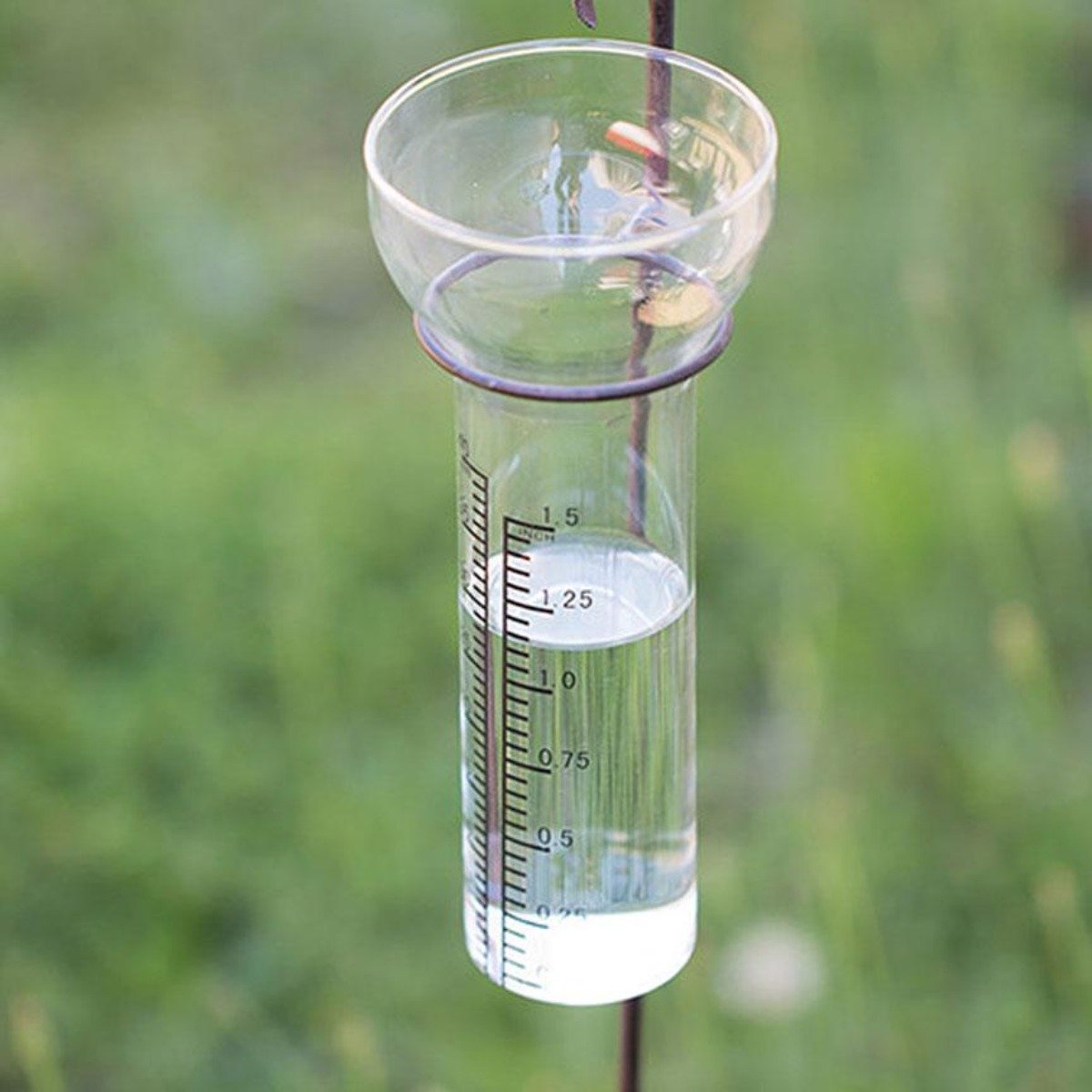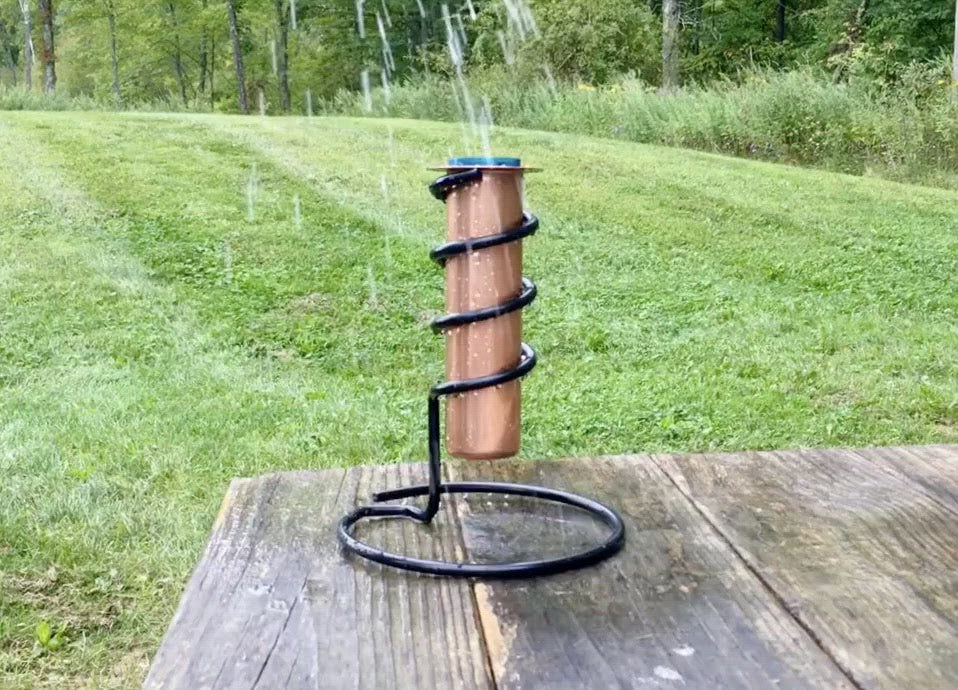The Rain Gauge: Decoding Rainfall Patterns and Enhancing Weather Condition Recognition
The Rain Gauge: Decoding Rainfall Patterns and Enhancing Weather Condition Recognition
Blog Article
Comprehending Rain Gauge Measurements: A Full Overview
Comprehending Rainfall Scale Dimensions: A Total Guide is a detailed resource for anyone seeking a much deeper understanding of rainfall scale dimensions. Whether you are a specialist in the field or simply have an interest about rainfall measurement, this overview will equip you with the expertise required to successfully make use of rain gauge dimensions.
The Relevance of Rain Gauge Measurements
The value of rain scale measurements hinges on their function as an important device for precisely evaluating and checking rainfall degrees - The Rain Gauge. Rain scale dimensions provide beneficial data that assists meteorologists and hydrologists comprehend patterns and trends in rainfall, which consequently help in various areas such as agriculture, water source monitoring, and environment research

Accurate rainfall measurements are necessary for agriculture as they aid in figuring out irrigation needs, crop development, and return forecasts. Farmers depend on this information to make enlightened decisions about when to water their plants, protecting against water wastage and ensuring ideal plant health and wellness. Furthermore, rains information helps in analyzing the effect of dry spells or too much rains on crop manufacturing, allowing farmers to take appropriate procedures to lessen losses.
Water resource management heavily relies upon rainfall scale dimensions to establish the amount of water readily available in lakes, rivers, and tanks. Accurate dimensions enable water managers to make educated decisions about water appropriation and circulation, making sure lasting use and stopping lacks. This details is particularly critical in areas where water deficiency is a pressing problem.
Furthermore, rainfall gauge dimensions play an essential role in climate research study. By accurately determining rainfall over expanded periods, researchers can evaluate long-term environment patterns and determine adjustments in rainfall patterns because of environment adjustment. This information assists scientists and policymakers establish techniques to adapt to and mitigate the results of climate adjustment.
Kinds Of Rain Gauges
There are various kinds of rainfall assesses utilized to gauge precipitation properly. Each type has its own benefits and constraints, making them ideal for different objectives and environments.
The most common sort of rain scale is the typical cylindrical gauge. It contains a cylindrical container with a large funnel-shaped top to accumulate rain (The Rain Gauge). The water is after that funneled right into a graduated determining tube, permitting specific measurement of the amount of rainfall
Another kind is the weighing rainfall scale. This scale uses a sensitive balance to gauge the weight of the accumulated rainfall. By converting the weight right into volume, the quantity of rainfall can be figured out. Considering rainfall determines are specifically useful in locations with icy precipitation or heavy rains, as they are not impacted by spraying or dissipation.
Tipping bucket rainfall evaluates employ a system that tips a tiny container each time it accumulates a particular amount of rainwater. The number of tips is taped and made use of to calculate the rains. This type of gauge is commonly utilized in automated climate terminals due to its low maintenance needs and capacity to provide real-time data.
Ultimately, there are radar-based rain determines that usage radar innovation to approximate rains. These evaluates gauge the intensity of rainfall in a specific find this area by evaluating the reflected radar signals. They are particularly useful for measuring precipitation over huge locations or in remote locations.
Exactly How Rainfall Scale Measurements Job
Rainfall scale dimensions are based upon the concept of gauging the quantity and collecting of precipitation. These instruments are developed to capture rainwater and provide an accurate measurement of the rains in a specific location.
One of the most common type of rain gauge is the conventional cylindrical scale. It contains a round container with a large opening on top to collect rain. The collected water is then funneled into a measuring tube, which is calibrated to provide the measurement in systems of size, typically millimeters or inches.
One more sort of rain scale is the tipping pail scale. When they reach a certain weight limit, it makes use of a seesaw-like system with two buckets that tip. Each tip of the container stands for a specific volume of rains, allowing for precise dimensions.
Some innovative rain determines are outfitted with digital sensors that automatically document and transfer information. These sensors use numerous modern technologies such as ultrasound or laser to measure the quantity of rainfall accurately.
Variables Influencing Rainfall Gauge Accuracy
Environmental aspects such as wind, temperature level, and atmospheric pressure can substantially influence the accuracy of rain scale measurements. Changes in climatic stress why not look here can likewise affect the precision of rainfall scale measurements, as they can change the price at which rains is gathered.
Operational variables, on the various other hand, describe variables connected to the layout, setup, and upkeep of the rain gauge. The placement of the rainfall scale in an area with obstructed air movement or near structures or trees can cause incorrect readings as a result of blockage or splattering of rainfall. Inappropriate calibration or uneven upkeep of the rainfall gauge can likewise influence its accuracy.
To make certain the precision of rain scale dimensions, it is crucial to take into consideration these variables and take proper measures. This may include selecting an appropriate location for the rainfall scale, guaranteeing proper installation and maintenance, and frequently calibrating the tool. By addressing these aspects, trusted and precise rains measurements can be acquired, which are important for various applications such as weather forecasting, hydrological researches, and farming.
Tips for Accurately Determining Rainfall
To make certain exact rains dimensions, it is vital to execute certain methods and methods when using a rainfall gauge. Below are some ideas for precisely gauging rains:
Proper Positioning: Put the rainfall gauge in an open location, far from trees, structures, and various other obstructions that may hinder the rains collection. It needs to be positioned on a degree surface to avoid water pooling or drainage.

Check Out the Range Appropriately: When taking dimensions, read the water level at eye degree from all-time low of the curve. Prevent parallax errors by straightening your sight straight with the water degree.
Constant Time Period: Establish a constant time interval for measuring rains, such as every 24 hr or after each rainfall occasion. This ensures precise tracking and comparison of rainfall information.
Record Measurements Immediately: Tape-record rains dimensions asap after collection to avoid evaporation or spillage. Make use of a rainfall gauge with a built-in data logging attribute for automatic recording.
Verdict
In verdict, comprehending rain gauge measurements is vital for properly determining rains. Different sorts of rain assesses are available, each with their own advantages and restrictions. It is necessary to think about elements that can influence the accuracy of rain scale dimensions, such as dissipation, wind, and placement. By adhering to the tips offered, one can make sure a lot more specific and trusted rains measurements.
Comprehending Rain Scale Measurements: A Total Overview is an extensive source for any person looking for a much deeper understanding of rainfall gauge dimensions. Whether you are an check these guys out expert in the area or simply have an inquisitiveness about rainfall measurement, this guide will certainly furnish you with the understanding required to successfully make use of rainfall gauge measurements.
The most usual kind of rain scale is the typical cylindrical scale.The most common kind of rain scale is the standard round gauge.An additional kind of rainfall scale is the tipping pail scale.
Report this page